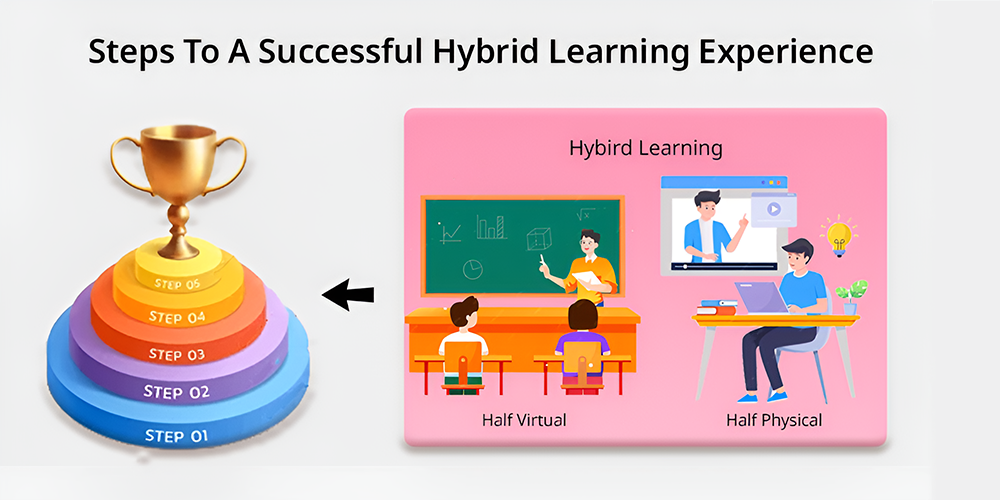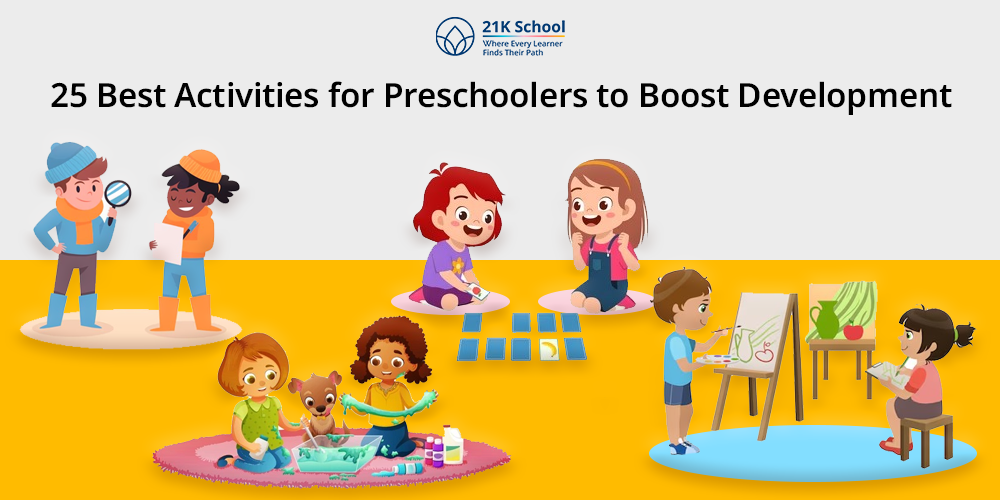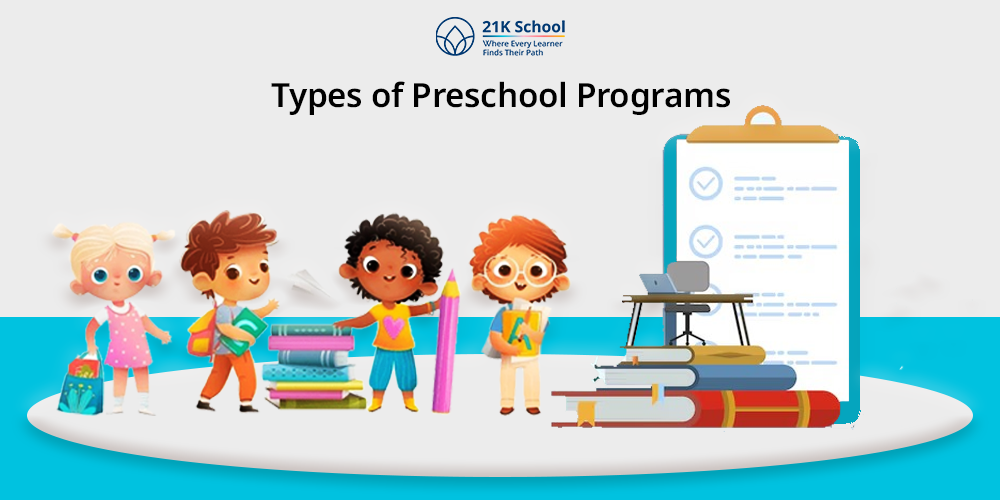
Hybrid learning is one of the new proven and popular educational models Amongst the new and popular educational paradigms.
It is a combination of online learning and conducting direct contact lessons or interactions. This model of education has many advantages and the students can choose which one of the types of learning they will have.
In hybrid learning, students can have access to digital resources. It also helped them to boost their self-paced activities, and they can participate and get benefits of virtual education.
However, this approach is a strong bridge between online learning and traditional classroom learning. It offers an amazing and comprehensive learning experience to the students in the modern world.
Moreover, hybrid learning is having amazing benefits that boost students’ confidence and take their learning to the next level.
Table of Contents
- What are the Main Differences Between Hybrid Learning and Blended Learning?
- Tips for Having a Successful Hybrid Learning Experience
- 1. Be Flexible
- 2. Assess Learning Online
- 3. Engage All of Your Students
- 4. Make Time for Reflection
- 5. Collaborate Effectively
- 6. Create an Online Community
- 7. Give Time to Remote Students
- 8. Group Virtual and Hybrid Students Together
- 9. Integrate the Experiences
- 10. Keep the Students Motivated
- 11. Learning at Your Pace
- 12. Learning Objectives
- 13. Online Learning Platforms
- 14. Use Interactive Activities
- Ending Note
What are the Main Differences Between Hybrid Learning and Blended Learning?
In learning contexts, both hybrid learning and blended learning are used synonymously though they are different.
Hybrid Learning:
The students are supposed to attend classes which are half virtual based and half physical based.
The only major difference here is that the hybrid learning programs and the online components are somewhat married and are often used interchangeably such that both are standard characteristics of the course.
Blended Learning:
However, as compared with a pure-Online mode, the blended mode usually implies a more flexible combination of the online and classroom activities though they do not necessarily occur in parallel to each other.
Possible course delivery mode which can be adopted is self-paced online tutorials since the students can study the material on their own.
In other words, in this kind of learning, the advantages of online learning and face-to-face teaching are found to be useful in facilitating the resultant learning.
However, it can be quite similar to this concept of blended learning but can allow students to choose when they want to complete the online learning activities.
Also Read: Traditional Learning VS Hybrid Learning
Tips for Having a Successful Hybrid Learning Experience
In the hands of the right attitude, hybrid learning is a rewarding experience whether on the side of a student or an educator.
Here are some key strategies that would help you for a successful outcome in this kind of different learning environment.
1. Be Flexible
Flexibility is known to be a critical determinant of the utilization of hybrid learning.
It can be appreciated that both the student and the instructor must be prepared to toggle between the online and face-to-face delivery modes to eternity, in this kind of teaching-learning contexts.
This will incorporate the awareness with tools, technology, capability to operate in new shifts, and transition from online, and face to face learning, with minimum interferences.
2. Assess Learning Online
Combining video conferencing with other forms of interaction, it is necessary to monitor students’ progress more often.
Use quizzes, assignments and peer reviews to know how much students are comprehending content in online mode.
This will help in finding out whether learning is adequate or insufficient or even diagnosing whether a student is struggling or not.
3. Engage All of Your Students
Some of the problems associated with this nature of program delivery model are for instance; how to ensure the students in class and those learning online are both interactive.
In its implementation, discussion, interactive co curricular activities, group work among them can be adopted with a view of reducing boredom.
This is very crucial so that the instructors have to ensure that the remote learner is the same as the classroom learner.
4. Make Time for Reflection
It also makes sense that students should be prompted into offering their reflective comments on their learning period once in a while.
This makes them evaluate what they have grasped and maybe where they require most assistance.
Students may use them to write in journals, fill in various self-assessment forms or enhance learning in smart class or group discussions.
5. Collaborate Effectively
Interactivity is inherent in any learning system, and the same can be said for the conditions of hybrid learning models.
Inform students of a friendly reminder for them to group study together with classmates in face-to-face as well as online.
Multimedia conferencing means such as message boards, video calls, shared documents, and group email for communication and collaboration must be appointed.
6. Create an Online Community
Thus, in the context of a blended class scenario it is possible to push the students further by supporting the formation of the virtual community.
This can be a discussion board, Facebook or other social networks, or other web sites, blogs, etc., Just giving the students an option to comment, discuss, or even post a question will provide a chance to minimize the gap between f2f and online learning.
It also helps the students to get into social emotional learning.
7. Give Time to Remote Students
They should be made equal to fellow students attending physical classes. Make sure students receive the same interaction and engagement from their online learning as they got at the Training Center.
It is always important to contact the remote students to ask whether they feel accepted or welcomed in that class.
8. Group Virtual and Hybrid Students Together
It also enables the exchange between in person and remote students whenever through group contribution to assignments.
Use technologies to create groups of people and have discussions and task sharing between the people on the group.
This improves collaboration and people can work in a team no matter what their place of location.
9. Integrate the Experiences
In hybrid learning, we want both the online and the face to face learning to benefit students.
This implies that there should be direct relationship between what is taught online and what is being taught in classroom and can be used in the smart classroom and online lessons applied in classroom.
No matter if you are a physical or remote class attendee, each student would feel that they are learning in a natural environment.
10. Keep the Students Motivated
Motivation is one of the difficulties inherent with any system of learning in general and hybrid learning in particular.
This can encourage students by rewarding progress, setting goals and achievements and providing equal opportunities to every child.
You try to apply to the material studied the approaches such as games, discussions and use cases in order to actively involve students.
11. Learning at Your Pace
Hybrid learning provides the learners with an opportunity to learn at their convenience, especially with the online lessons.
This lets the students study, review work, and explore areas they have never earlier considered, but they can do this without attempting to follow the pace of the entire class.
This flexibility should be accorded the deserved leverage to enhance the learning process.
12. Learning Objectives
Tangible learning outcomes are necessary for hybrid learning to be effective. Students and instructors should understand the objective of their course and what is expected at the end of the course.
Learning objectives are useful for orienting students during the face-to-face part of the course as well as the fully online part and offer direction.
13. Online Learning Platforms
Hybrid learning largely depends on online learning platforms to enable achievement of the hybrid learning goals.
From learning management systems and video conferences to sharing content platforms, these tools are crucial in running hybrid courses. Select those which are easy to use and mostly known among students and staff.
14. Use Interactive Activities
A variety of activities for students can also be used in online and face-to-face contexts to increase the group involvement and knowledge.
Integrate multimedia, quizzes, polls, and effective online group projects as measures to make the lessons more exciting.
However, to increase the probability of a positive outcome, the incorporation of some gamification in the lessons or the kinesthetic movement in some lessons can also be effective.
Ending Note
Nowadays hybrid learning is trending and one of the best approaches for learning. Even parents are also focusing on the same.
The best part is that it has amazing benefits like flexibility, good engagement with students and social interaction.
Well, with the help of the social interaction in course it boosts the students confidence and this helps in their workplace.
However, hybrid learning is best for creating an engaging learning atmosphere for students to learn with technology.
No matter if you are a student or a teacher, you can simply follow these guidelines with the perfect strategies. These help the students in having a great hybrid learning atmosphere.
Hybrid learning is a new era of learning and it comes with great benefits for students and teachers also. However, these steps make the students’ hybrid learning experience best.
So, let’s try these approaches and let students have an amazing experience in this new learning process.



